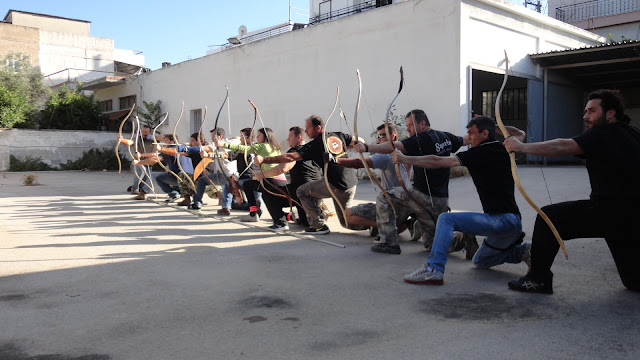Ο Σύλλογος Ιστορικών Μελέτών ΚΟΡΥΒΑΝΤΕΣ εκπροσώπησε επάξια την χώρα
μας στο Διεθνές Συνέδριο Πειραματικής Αρχαιολογίας του Οργανισμού EXARC , το
οποίο διεξήχθε στην Δανία, στο Συνεδριακό χώρο του Αρχαιολογικού Πάρκου του Λέϊρε , ἐξω από την Κοπεγχάγη το διήμερο 12-13 Απριλίου 2013. Το
αρχαιολογικό πάρκο του Λέϊρε αποτελεί έναν από τους σημαίνοντες χώρους Ζωντανής Ιστορίας και επιστημονικής
μελέτης διεθνώς, ζωντανεύοντας στιγμές της αρχαίας και μεσαιωνικής Δανικής ιστορίας με την
παρουσίαση ανακατασκευασμένων οικισμών της Εποχής του Σιδήρου και των Βίκινγκς.
 |
| Αναμνηστική Φωτογραφία των Συνέδρων, στο Αρχαιολογικό Πάρκο του Λέϊρε |
Ο Διεθνής
Οργανισμός EXARC αντιπροσωπεύει τα περισσότερα και πιό γνωστά υπαίθρια
αρχαιολογικά μουσεία και αρχαιολογικά πάρκα Πειραματικής Αρχαιολογίας του κόσμου
και τελεί υπό την αιγίδα του ICOM (Διεθνές Συμβούλιο Μουσείων). Ο EXARC μέσω
της προώθησης της συνεργασίας οργανισμών και ακαδημαϊκών φορέων, αλλα και μέσω
συνεδρίων και εκδόσεων, αναδεικνύει το επίπεδο της επιστημονικής έρευνας και
της δημόσιας παρουσίασης της σύγχρονης Πειραματικής Αρχαιολογίας. Με μέλη σε
περισσότερες από 25 χώρες, προσφέρει ένα ισχυρό υποστηρικτικό δίκτυο μέσω του
οποίου αρχαιολόγοι αλλά και άνθρωποι που αγαπούνε την αρχαιολογία συμμετέχουν
σε μια ανταλλαγή γνώσεων, εμπειριών και βέλτιστων πρακτικών.
Στα πλαίσια των δράσεων
αυτών του EXARC έγκειται και η διοργάνωση του συνεδρίου με θέμα την ιστορία της
Πειραματικής Αρχαιολογίας «History of Experimental Archaeology» , το οποίο
αποτέλεσε σημείο αναφοράς για το 2013 για το κοινό και τους ειδικούς στον κλάδο.
Καθε Σύνεδρος παρουσίασε με διεξοδικό τρόπο την ιστορική γραμμή των εφαρμογών Πειραματικής
Αρχαιολογίας της χώρας του, μέσα από συγκεκριμένα παραδείγματα και αναφορές,
αναλύοντας τις τάσεις που επικράτησαν και τις ευκαιρίες που παρουσιάζονται για
το μέλλον.
Η διάλεξη του Συλλόγου μας έφερε
τον τίτλο «Τhe developmental steps of Experimental Archaeology in Greece,
through key historical replicative experiments and reconstructions»,
συμπεριλαμβάνοντας ολες τις γνωστές αναφορές Πειραματικής Αρχαιολογίας που έχουν πραγματοποιηθεί στην Ελλάδα απο τον 19ο αιώνα μέχρι σήμερα.
Την διάρκειας 40’ διάλεξη του Συλλόγου μας,
το Σαββάτου 13 Απριλίου 2013, άνοιξε ο Κος Νίκος Κλεισιάρης, εισάγωντας τους συνέδρους
στις πρώτες πρώϊμες εφαρμογές Ζωντανής Ιστορίας που πραγματοποιήθηκαν στην χώρα
μας ήδη από τον 19ο αιωνα με την διοργάνωση των πρώτων Ολυμπιακών
Αγώνων και ως τα μέσα του 20ου και τους Δελφικούς Αγώνες του Άγγελου
Σικελιανού. Ακολούθησε η εισαγωγή στα πρώτα παραδείγματα Πειραματικής Αρχαιολογίας
με μια αναλυτική περιγραφή των πειραμάτων του Ιωάννη Σακκά την δεκαετία του
1970 με τα ανακασκευασμένα «Κατοπτρα του Αρχιμήδη». Ακολούθησε η
ανακατασκευασμένη την ίδια περίοδο «Κερύνεια ΙΙ» , ενα πλήρως απεκατεστημένο
εμπορικό πλοίο της Ελληνιστκής Περιόδου. Η διάλεξη συνεχίστηκε με την εκτενή
αναφορά σε πλείστα άλλα πειράματα όπως αυτό της «Παπυρέλας», ενος πλεούμενου
της Πρώϊμης Νεολιθικης Εποχής, τους ανακατασκευασμένους μηχανισμούς του Ήρωνα
του Αλεξανδρέα και του Μηχανισμού των Αντικυθήρων,
Ο Κος Σπύρος Μπάκας
αρχικά ανέλυσε δυο πολύ γνωστά παραδείγματα Ναυτικής Πειραματικής Αρχαιολογίας
που έχουν εφαρμοστεί με επιτυχία στην χώρα μας – την περίπτωση της
πεντηκοντόρου «Αργώ» ενός ανακατασκευασμένου πλοίου του 14ου αιώνα
π.Χ καθώς και την περίπτωση της Τριήρους «Ολυμπιάς», του ανακατασκευασμένου
πλοίου της Κλασσικής περιόδου. Η έμφαση δόθηκε στις τεχνικές λεπτομέρειες των
δύο αυτών σημαίνοντων πειραμάτων, ενδεικτικών των υψηλών τεχνικών προδιαγραφών
και απαιτήσεων των επιστημόνικών ομάδων ανακατασκευής.
Η ομιλία του κατέληξε σε
μια εκτένη αναφορά στις προσεγγίσεις πειραματικής αρχαιολογίας του Συλλόγου
Ιστορικών Μελετών ΚΟΡΥΒΑΝΤΕΣ από το 2008 εώς σήμερα. Παρουσιἀστηκε διεξοδικώς η
κατασκευή λινοθωράκων από το Συλλογό μας ως το πρώτο συγκροτημένο πείραμα
ανατασκευασμένης πολεμικής τεχνολογίας στην χώρα μας τα τελευταία χρόνια. Το
ενδιαφέρον επικεντρώθηκε στις παρουσιάσεις και τα πειράματα που συνόδευσαν σημαντικές
ανακατασκευασμένες πανοπλίες του Συλλόγου μας όπως αυτή η οποία είναι
εμπνευσμένη από το μνημείο «Μedinet Ηabu» καθώς και η πρόσφατη ανακατασκευασμένη
«Πανοπλία των Δεντρών» .
Τέλος , παρουσιάστηκαν με αναλυτικό τρόπο οι ενέργειες του Συλλόγου μας στην εφαρμογή της Πειραματικης Αρχαιολογίας πάνω στις τακτικές μάχης και στην έρευνα του τρόπου πολέμου της Οπλιτικής Φάλαγγας καθώς και τα πολύτιμα συμπεράσματα που έχουν βγεί απο αυτήν την πολύχρονη μελέτη.
Τέλος , παρουσιάστηκαν με αναλυτικό τρόπο οι ενέργειες του Συλλόγου μας στην εφαρμογή της Πειραματικης Αρχαιολογίας πάνω στις τακτικές μάχης και στην έρευνα του τρόπου πολέμου της Οπλιτικής Φάλαγγας καθώς και τα πολύτιμα συμπεράσματα που έχουν βγεί απο αυτήν την πολύχρονη μελέτη.
 |
| O κος Σπύρος Μπάκας περιγράφοντας την ανακατασκευασμένη απο τον Σύλλογο μας πανοπλία της υστερης εποχής του Χαλκού εμπνευσμένη από το μνημείο «Μedinet Ηabu» |
Το Συνέδριο τίμησαν με
τις συμμετοχές τους πληθώρα ακαδημαϊκών . Ο καθηγητής Martin Bell απο το
πανεπιστήμιο του Reading της Αγγλίας, ο Ian Dennis του πανεπιστημίου του
Cardiff, o ερευνητής Martin Appelt του Εθνικού Μουσείου της Δανίας, η
καθηγήτρια Viire Pajuste του Πανεπιστημίου του Tartu της Εσθονίας, καθώς και διακεκριμένες προσωπικότητες του
χώρου της Πειραματικής Αρχαιολογίας διεθνώς όπως ο Jeroen Flamman, εκπρόσωπος του
οργανισμού ΕΧΑR.
Αξίζει να σημειωθεί
ότι ακολούθως του Συνεδρίου επίκειται σχετική έντυπη έκδοση του οργανισμού EXARC, για την οποία ο Σύλλογός
μας θα έχει την τιμή να αποστείλει την εργασία του. Η παρουσία και ενεργή
συμμετοχή του Συλλόγου σε τέτοιου επιπέδου παρουσιάσεις όχι απλά αυξάνει την
αναγνωρισιμότητα του αλλά επιβεβαιώνει την θέση του ως δυναμικά ενεργού φορέα
έρευνας και πολιτισμού στην Ελλάδα και την Ευρώπη.
Ευχαριστούμε τους επικεφαλείς του EXARC Κο Roeland Paardercooper Κα Jodi Reeves Flores για την ευγενή πρόσκληση και υποδοχή της αποστολής μας.
Ευχαριστούμε τον διευθυντή του Μουσείου του Lejre Κο Lars Holten για την υποδοχή και ευγενή φιλοξενία.
Ευχαριστούμε τέλος την φίλη του Συλλλόγου μας Κα Κρίστυ Εμίλιο Ιωαννίδου , για την πολύτιμη βοήθεια και συνεισφορά της στην σύνταξη της παρουσίασης των Προσεγγίσεων της Ναυτικής Πειραματικής Αρχαιολογίας.
Ευχαριστούμε τέλος την φίλη του Συλλλόγου μας Κα Κρίστυ Εμίλιο Ιωαννίδου , για την πολύτιμη βοήθεια και συνεισφορά της στην σύνταξη της παρουσίασης των Προσεγγίσεων της Ναυτικής Πειραματικής Αρχαιολογίας.
 |
| Το αρχαιολογικό πάρκο του Λέϊρε εκτασεως 43 εκταριων περιλαμβάνει ανακατασκευές οικισμων απο την εποχη του Σιδηρου μεχρι τον Πολιτισμό τον Βίκινγκ. |
 |
| Ο Professor Martin Bell απο το πανεπιστήμιο του Reading της Αγγλίας και ο Professor Dragos Gheorgiou απο την Ρουμανία στα δεξια. |
 |
| Με τον Dr Jeroen Flamman, επικεφαλής του Πανευρωπαϊκού Οργανισμού για την προωθηση της Πειραματικης Αρχαιολογίας ΕΧΑR (http://www.exar.org) , στο ναυτικό μουσείο του Roskilde. |
 |
| Με τον Διευθυντή του Μουσείου του Lejre Dr Lars Holten στο εργαστήριο ανακατασκευής αντιγράφων πήλινων αγγείων της νεολιθικής εποχής. |
 |
| Στιγμιότυπο απο το Συνέδριο. |
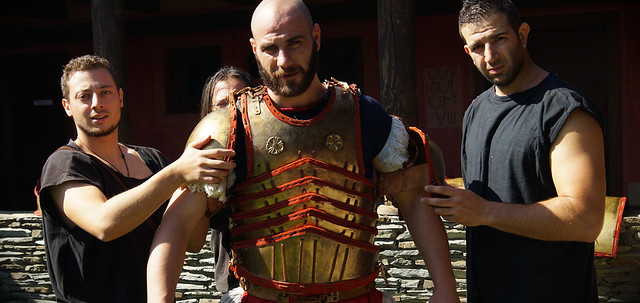
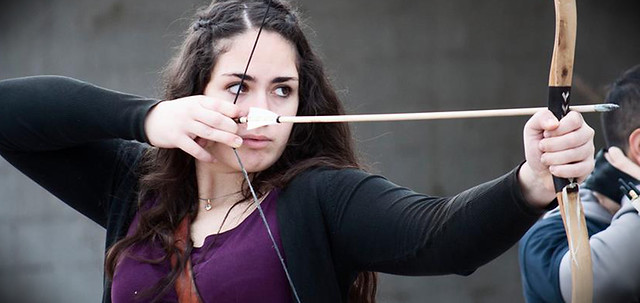
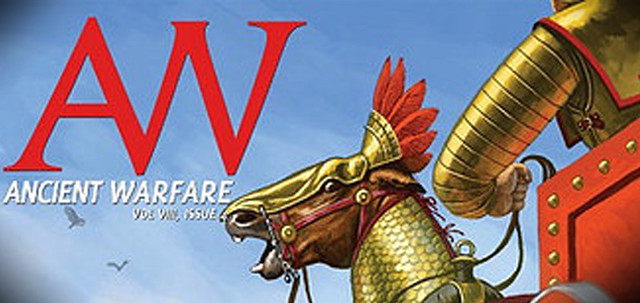

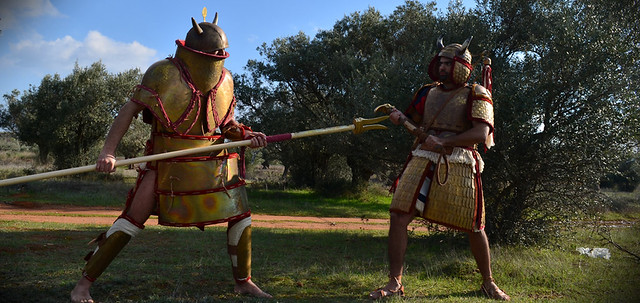



.jpg)

















